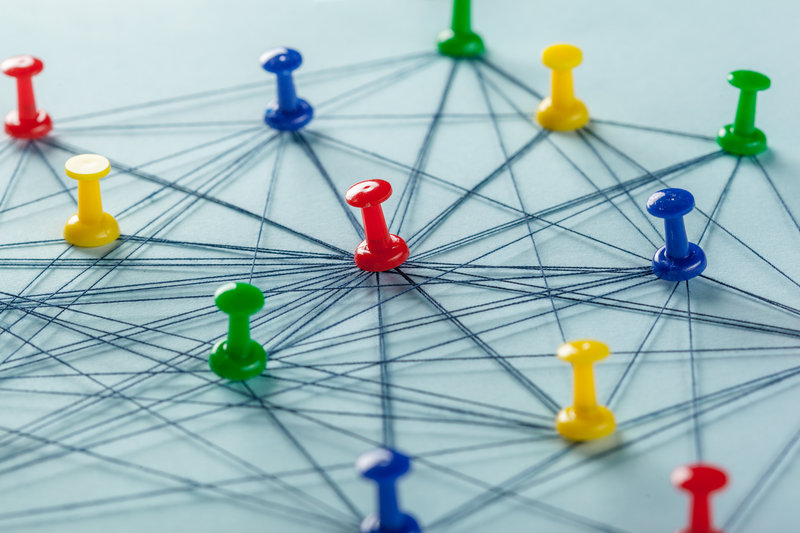ATD Blog
Cultivating Connection and Resilience: When Your Team and Clients Are Apart
Tue May 19 2020

To keep employees safe, organizations have moved to mandatory virtual and work-from-home activities at an unprecedented pace. This time has challenged the connection and resilience of leaders and their teams. Here are some actions you can take in response.
Support your own and your team’s resilience by stepping up to the moment.
Here are six critical actions you need to take:
1. Take care of yourself. Focus on what you can control to manage your uncertainty and others’.
2. Avoid attempting to predict the future. Accept that you may need to keep responding to ever-changing situations.
3. Find moments to connect with your team, colleagues, and clients/customers to demonstrate that you care. Be prepared to have personal conversations as people settle into a new way of operating.
4. Be prepared to discuss their challenges regarding childcare, caring for other family members, and other additional responsibilities and demands on their time; expect initial upheaval and practice patience while remembering that they will appreciate your concern.
5. Reach out to mentors, coaches, fellow leaders, and others you trust to support you. Use your support network.
6. Remember that your reactions have a significant effect on others’ coping capacities.
Why It's Important: Resilience is the process of adapting well (or as well as possible) in the face of adversity, trauma, tragedy, threats, or significant sources of stress. Resilience is not (as many people believe) the absence of stress or a natural talent; it involves behaviors, thoughts, and actions that can be learned and developed in anyone to overcome just about anything.
Now more than ever, leaders must engage authentically and realistically with the challenges that they, their teams, and their clients/customers face at this current moment. Resilient leaders manage their uncertainty and concerns to present a calm yet responsive presence that avoids extreme all-or-nothing thinking. They take responsibility for being as situationally aware as possible and converting the anxious energy they may feel into concrete actions that are aligned with their values.
As the physical distance grows, deepen your relationships with team members and clients to maintain connection and motivation.
Here are four approaches for fostering deeper relationships and connectivity.
1. Demonstrate care to your team members:
Set up more touchpoints (phone or videoconference) to help people adjust; even if your team already works remote regularly, this is a great excuse to check in during a challenging time.
Remember that it may be necessary to be clearer about tasking and expectations, and tasks may take longer to complete.
If limitations exist due to lack of physical access to client/customer sites, find alternate tasks to keep team members busy and engaged.
Enable learning and help your team remain engaged by asking them to take on additional tasks to support the team and clients/customers during this time.
2. Reach out to your clients/customers and have your team members reach out too.
3. Ask your team members and clients/customers:
How are they doing?
What can you do to help?
What other resources (besides the typical) might you be able to provide for them?
4. Be prepared to pivot to new activities to help others through this time.
Why It's Important: Study after study has demonstrated that the primary factor in resilience is having caring and supportive relationships. Further, feeling connected to others (relatedness) is one of the three core elements of intrinsic motivation for all humans.
One of the bright sides of challenging times is the opportunity to build far deeper relationships with others, especially team members, colleagues, and clients/customers. Be willing to move beyond your typical business transactions and encourage them to be open with you about their fears, challenges, and needs as humans. Not only is it the most personally appropriate response to an unprecedented challenge, but it is also an incredible opportunity to deepen your relationship with them and engender true connection and loyalty.
For team members, the physical distance created by mandatory virtual work is a real threat to resilience and motivation. It’s up to leaders to prevent this damaging outcome. It will take intention and effort (and far greater communication than when you are co-located) to ensure that crucial affinity distance isn’t negatively affected by a rapid change in your team’s geographic location. Your role as a leader is to reinforce the fact that team members depend on each other to accomplish a larger goal, no matter where they are physically located. Furthermore, by taking the time to check in with your team members, you are demonstrating care and support and mutually building individual resilience in yourself and your team.
Your clients/customers may also feel greater affinity distance from you unless you are intentional about checking in with them regarding their well-being. We are past business as usual, and they are doing their best to cope too. You can be a valuable ally and resource for your clients/customers by reaching out and finding ways to support them during this difficult time, including actions that might be out of the scope of your normal business relationship.
You've Reached ATD Member-only Content
Become an ATD member to continue
Already a member?Sign In
